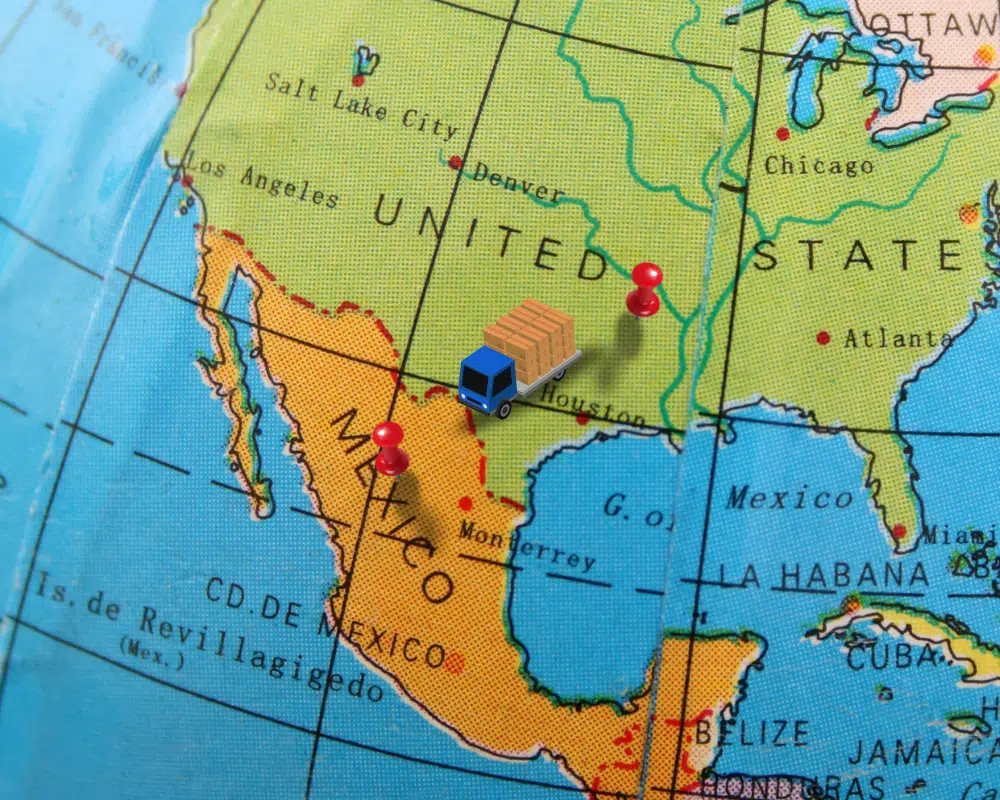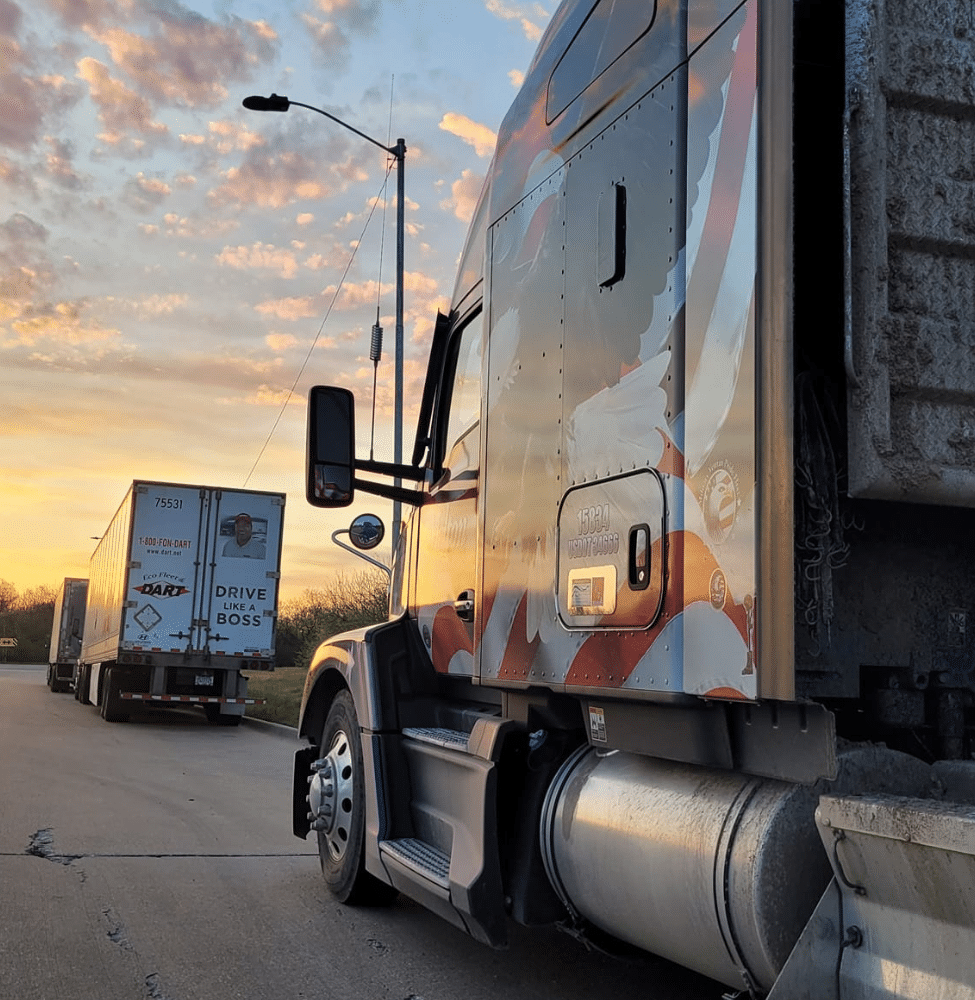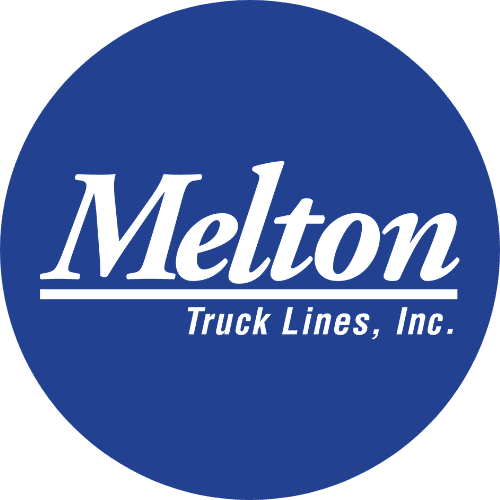
What is Nearshoring and How Does It Apply to Your Business?
As transportation and logistics strategy continues to develop and change with new technologies, global policies, and economic environments, new trends tend to develop along the way. One of the biggest topics in transportation today is the concept of nearshoring, and the benefits it can provide to all members of a corporation’s supply chain. In this blog, we’re discussing everything you need to know about nearshoring and how it applies to your business.
What is Nearshoring?
Nearshoring is a strategy that involves shifting a company’s manufacturing or production operations closer to the main market they are operating in. This allows that company to reduce transportation costs and deliver their products faster to customers in that region. Many industries utilize this strategy to enhance efficiency and reduce costs, such as; Manufacturing, electronic goods, medical device manufacturers, and automotive manufacturing.
What is the Difference Between Nearshoring and Offshoring?
Nearshoring is a type of offshoring, which is a form of outsourcing work to an overseas company to take advantage of lower costs and the ability to scale their processes and expand operations. Nearshoring differs as this typically moves to nearby countries or provinces closer to their market, versus typical offshoring operations that occur in distant countries. For those in the U.S. transportation industry, this trend means that drivers will be crossing into neighboring countries like Mexico and Canada more frequently.
What are the Benefits of Nearshoring?
The strategy of nearshoring has been noted to have great advantages for manufacturers such as:
- More affordable labor
- Lower production costs
- Lower transportation costs
- Reducing time zone discrepancies
All of these allow for a smoother workflow between locations and can easily improve the productivity of a parent corporation and its subsequent locations.

What are the Disadvantages of Nearshoring?
As with any business model, though, it’s important to understand and be aware of the drawbacks associated with it. Some of these may be:
- Cultural differences and varying national holidays
- Potential language barriers
- Differences in laws and regulations
- Relocation challenges
It’s also worth noting that even when nearshoring is done with a neighboring country, where transportation options are numerous, supply chain disruptions can still be abundant.
Nearshoring in Mexico
One of America’s most popular nearshoring partners is Mexico. During the COVID-19 pandemic, it became much more difficult to ship internationally, and it proved useful to have partners in more accessible neighboring countries. In July of 2020, the United-States-Mexico-Canada Agreement came into effect that made free trade across North America easier. While shipping between the United States and Mexico has been made more accessible, there still remains an immense amount of logistical planning that’s necessary to move one load to its required destination without any holdups. Shippers and carriers alike need to be careful in ensuring they possess all the documentation they need to ship between countries. You can learn more about shipping into Mexico here.
Using a carrier that can handle the complexities of international shipping ensures freight arrives in a timely manner with a minimal chance of delays along the way. Melton Truck Lines is U.S. Customs bonded and handles thousands of international shipments each year, and also participates in ACE and CTPAT to help trade and strength border security. Learn more about Melton’s Mexico shipping on our cross-border shipping page.

About the Author: Melton Truck Lines
Since 1954, Melton Truck Lines has set out to provide quality transportation services to customers, all while treating our drivers like family. Over 70 years later, Melton remains a leader in flatbed transportation.
Keep up with us on social media, or check out our other blogs below!
